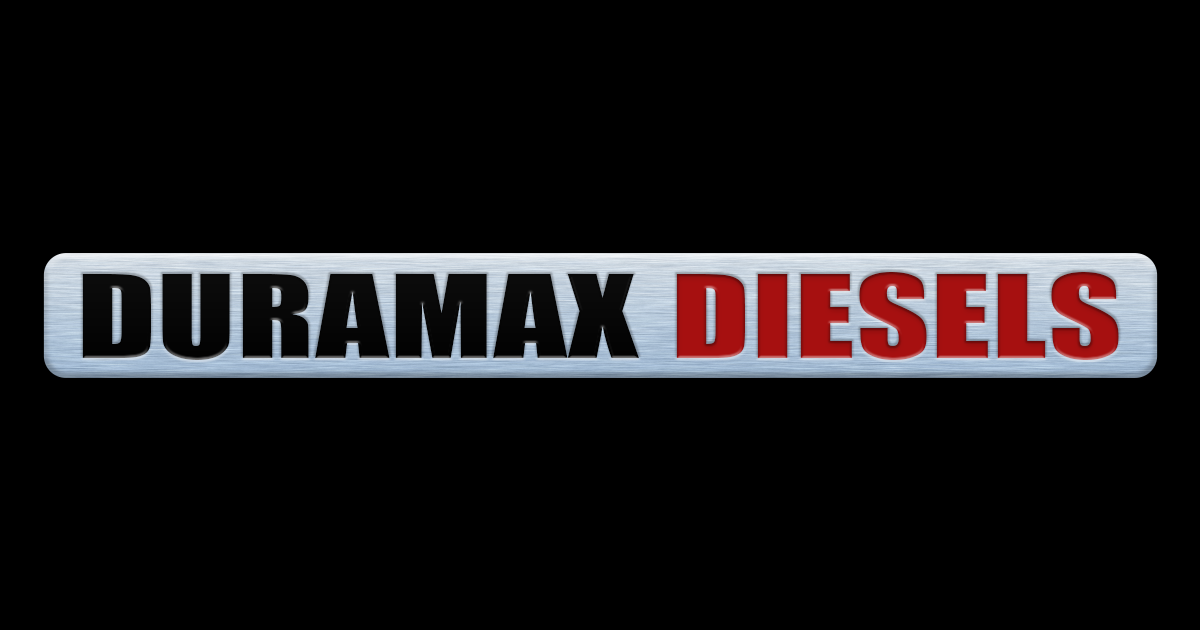That's not a bad Idea.
If we look at FICM pin 94, and say control lines for Injector #1 and #3 at same capture, should give us a better idea of how they used that crank trigger data. My guess is it's just a reference to determine RPM for voltage and such.
To get the complete picture, will require a bench setup with scope on all 9 lines and EFIlive monitoring the related PIDs. Then we can create a map of full RPM scale and see if anything strange jumps out. GM used 8 control wires from ECM for a reason. If you look at an LB7 ECM, it's exact same hardware used on a 6.0L gasser... I found one in a box here, and thought it was for a gasser, till I ran the OS #.
So my guess is GM cobbled together an OS to run on the existing hardware, then had Bosch build that FICM to be a signal amplifier. I've explored doing the same with some aftermarket ECU manufactures. Easy to fire injectors with correct timing and pulse width using a 5v sig, but then ya gotta amp it up to the injector specs. So the FICM was born...
Stole the whole idea from Ford..










